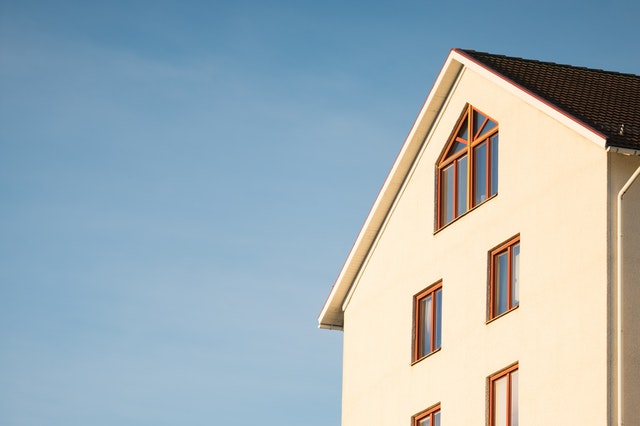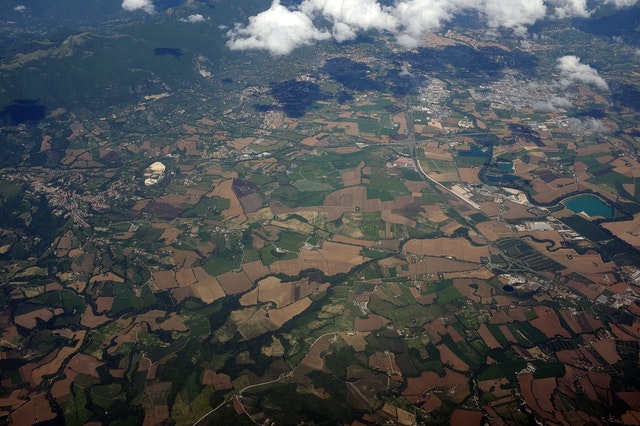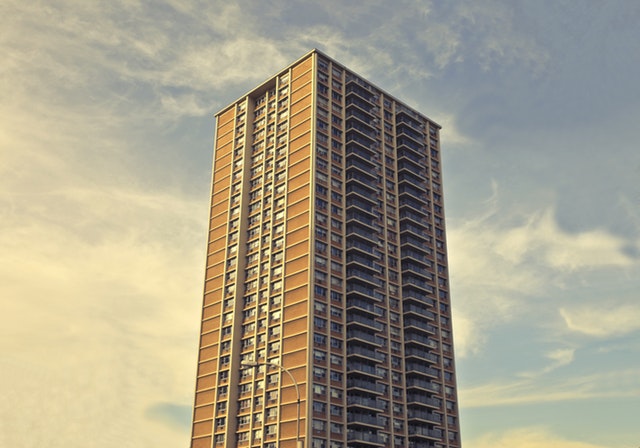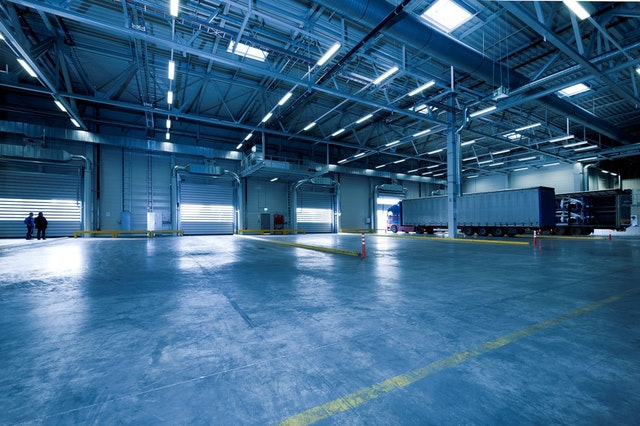Wooden houses are being built more and more often
In recent years, the number of loans issued for the construction of wooden houses has increased by approximately 25%. This is according to the information gathered by Luminor Bank. Most often, such houses are chosen to be built in Riga and Pierīga, however, interest is also growing in other regions of Latvia. The number of mortgage loans issued by Luminor has increased by a third during the pandemic, and along with the overall increase in the market, the demand for loans for the construction of wooden frame houses has also increased. In recent months, the financing granted for the construction of wooden houses has reached up to 45% of all bank-financed construction transactions for private individuals. The trend is growing, because a few years ago only every fifth loan was granted for the construction of wooden houses. “Most often, when thinking about the construction of a house, the construction of a brick building is considered, however, more and more Latvian residents also choose wooden buildings, which are a modern solution. The growing interest in wooden frame houses is explained by the fact that their construction costs are more predictable, and installation takes place in a shorter time, when compared to the classic construction process. Luminor’s data shows that customers prefer companies that have long-term experience in this field and that work according to the highest quality standards – and more and more such companies are also appearing in Latvia,” says Kaspars Sausais, Luminor bank’s housing lending expert. Mainly, the construction of wooden frame private houses is popular in Riga and Pieriga, but interest is also increasing in other regions of Latvia. According to the data of the Latvian wooden construction cluster, there are currently approximately 100 companies operating in Latvia that are engaged in the construction of wooden houses. The products produced are mainly exported to Scandinavian countries, especially to Norway and Sweden, but wooden buildings produced in Latvia can also be found elsewhere in Europe.
Read the full article here










